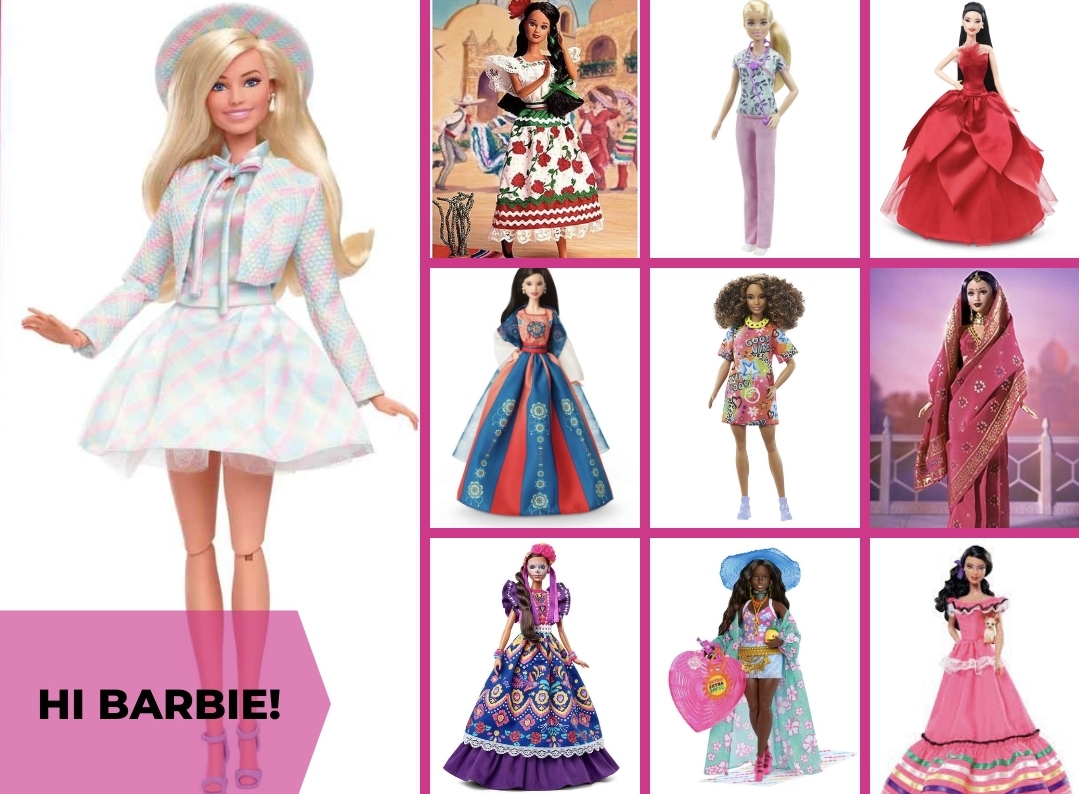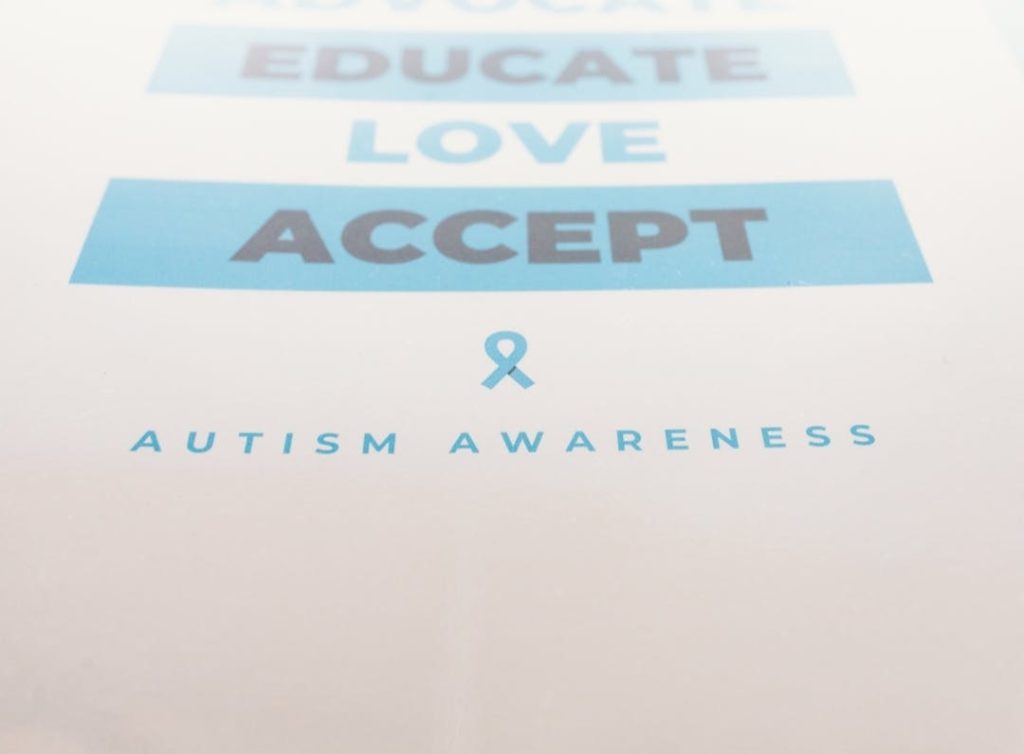As I walked with my twin sister through a sea of pink into the theater, the hype around Barbie™ The Movie could hardly be contained let alone ignored.
Mothers and daughters posed in front of the Barbie™ box for photo ops in matching outfits. A group of older women dressed from head to toe in pink were waiting for a friend and transformed into teenagers when the last member of their group finally arrived. They huddled up and began to bounce with anticipation, providing a warm embrace for their friend.
My sister and I sported the same pink tops and accessorized with all the pink we could find. We hadn’t matched since we were little girls, and as we entered the theater to watch the journey of girlhood to womanhood the sense of community with total strangers was, simply put, beautiful…
Before the movie was released, there was nowhere you could look without seeing the trademarked, bright Barbie pink in collaboration with almost every brand you could think of. The marketing campaign was far from minimal. The marketing was so good that everyone knew about the movie, but few knew what it was really about.
Before watching the film, all I knew was that it was about Barbie, her dreamhouse, and the “flat feet” scene that all Barbies feared which gained popularity in the previews. My lack of knowledge and expectations were exceeded, to say the least.
The movie touched on every topic you could imagine concerning the painful, beautiful, bittersweet journey through womanhood.
The film opens with a montage of the Barbieland fantasy. A matriarchy, where women can be and are unapologetically themselves within their roles and careers. There is a refreshing plethora of Barbies of all shades, shapes, and abilities. From “President Barbie” to “Writer Barbie” each Barbie held unique talents and stood strong, in their power, with nothing and no one to protest it.
In contrast, the Kens held the role, and only expectation, of being Barbie’s friend. It was almost impossible to contain my laughter from the cheap jokes and parodied patriarchy that we exist in but in Barbieland ceases to exist.
Stereotypical Barbie, played by Margot Robbie, has the role of being perfect, and when this perfection is challenged, viewers are taken through the paths of what it truly means to be a woman as she enters the real world.
From existential crises, learning about and experiencing the patriarchy, and even cellulite, Barbie learns that though the doll and its brand did a lot for women, it didn’t completely change the real world where women thrive. This sends Barbie into a number of emotions which Robbie portrays in a way that transcends through the screen.
As Barbie went through the motions, Ken was having the time of his life learning about the patriarchy. My sister and I laughed the loudest in the theater at Ken’s childlike wonder and joy in the systematic favor of men in the real world.
The film had an amazing balance of humor and emotional depth, making it a truly engaging experience for viewers of all ages. The humor laced throughout the story provided moments of laughter and lightness, serving as a reminder that even in the midst of life’s challenges, finding joy and camaraderie is essential.
From witty one-liners to clever visual gags, the film kept the audience entertained and uplifted while still delivering a powerful message of womanhood, motherhood, and the repercussions of both the patriarchy and misogyny to all groups, including men.
The most piercing scene that made a few too many of my tears well, was the montage of real women and girls at the end of the movie, just living life. It was a moment of vulnerability, joy, and growing pains that left my sister and me, and all in the pink-dressed theater, in tears of awe with nothing but a sincere appreciation for Barbie and womanhood.
Her Nexx Chapter invites you to join our free Community where women from around the world are connecting with each other’s stories, exploring different experiences, and transforming ideas.
The Future of Connection for Women








0 Comments